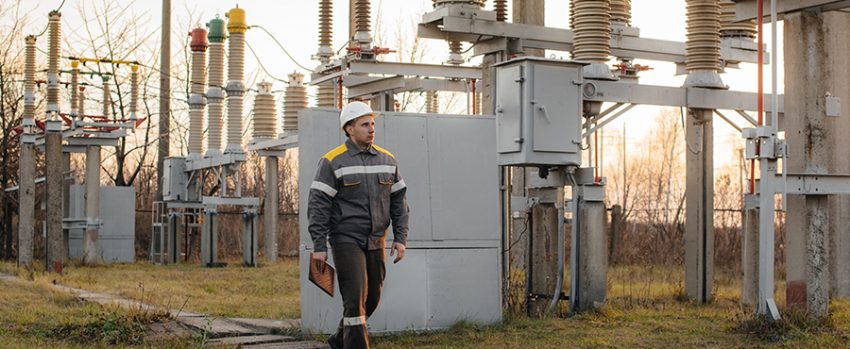As modern infrastructure continues to evolve with growing demand for smart, sustainable, and efficient energy systems, the role of power distribution engineering design becomes more critical than ever. Whether it’s a residential community, commercial complex, or industrial facility, a well-executed power distribution design ensures reliability, safety, and long-term scalability. Engineers must consider multiple factors—from load forecasting to environmental compliance—to create systems that meet today’s and tomorrow’s power needs.
Load Analysis and Forecasting
The foundation of any effective power distribution engineering design lies in accurate load analysis and forecasting. Engineers must determine current energy demands while anticipating future growth. This is especially vital in urban development’s and industrial zones where rapid expansion is likely. By analyzing historical data, usage patterns, and building occupancy plans, designers can choose the right transformer sizes, cable ratings, and protective equipment.
System Reliability and Redundancy
Modern infrastructure demands near-zero downtime. A resilient power distribution engineering design must include system redundancy, such as alternate power paths or backup generators, to maintain continuous supply during failures. Loop systems, ring main units (RMUs), and automatic transfer switches (ATS) are commonly integrated to enhance reliability and facilitate maintenance without service interruption.
Safety and Compliance
Safety is a non-negotiable aspect of any power distribution system. Adherence to local and international codes such as the National Electrical Code (NEC), IEC standards, and IEEE guidelines is essential. Engineers must ensure that the design includes proper grounding, protection coordination, fault level calculations, and arc flash analysis to minimize hazards. These practices are vital for both human safety and equipment protection.
Energy Efficiency and Sustainability
In today’s world of environmental consciousness, power distribution engineering design must incorporate energy-efficient components and sustainable practices. Using energy-saving transformers, low-loss cables, and intelligent control systems can significantly reduce energy consumption. Integration with renewable energy sources like solar and wind, as well as support for smart grid technologies, is increasingly becoming a standard requirement in modern infrastructure projects.
Scalability and Flexibility
With the development in the field of infrastructure, the power distribution system has to be developed. Its power distribution engineering design should be strong enough that expansion can be possible in the future without having to restructure the whole network. Sometimes engineers design a modular structure that may support more weights, be integrated with new technology or allow to extend the building with little disturbance.
Smart Wise Tracking and Control
Electrical engineering is not an exception to digital transformation. Remote monitoring, SCADA (Supervisory Control and Data Acquisition) systems and sensors made use of IoT are common in modern designs. The technologies offer an opportunity to have real-time visibility, fault identification, and energy consumption information and take proactive maintenance actions and make wiser decisions.
Conclusion
Effective power distribution engineering design is a unique combination of technical precision, safety, efficiency, and adaptive thinking that is desirable in such design. The need to have smart and sustainable power distribution systems will continue to rise as the cities become smarter and buildings become more connected. Planners and engineers have to be current with all the latest technologies and standards to provide infrastructure that can be utilized by current needs and the future inventions.

